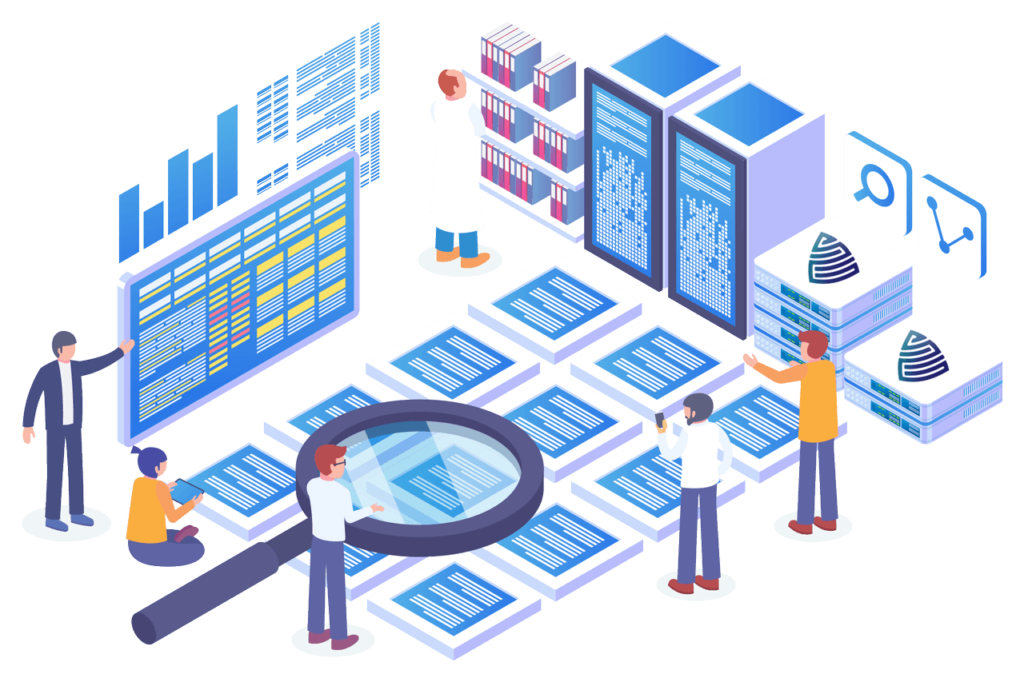What is Data Classification?
Data classification is the process of categorizing an organization’s data into specific categories based on importance and sensitivity levels. This categorization aids in applying suitable security measures and protecting the data. Data classification forms the foundational step in establishing data security strategies and policies.
Data classification is typically carried out based on the following categories
Public (General): This includes general information that is open and publicly accessible to everyone. Such data often comprises company names, addresses, general website information, and public announcements.
Internal Use: Data used within the company but accessible to a limited number of employees falls into this category. For instance, internal training materials, documents shared among specific departments, and data related to business processes fall under this category.
Sensitive/Confidential: Personal data, financial information, trade secrets, and customer details constitute sensitive information in this category. Preventing unauthorized access or misuse of such data is crucial.
Highly Sensitive/Restricted: This category involves highly critical and sensitive data accessible only to a limited number of individuals. Examples include health records, patents, and strategic plans.
The process of data classification is conducted within an organization based on policies and guidelines established, considering the type, content, and usage of data. Each data category may require specific security levels and access permissions. Therefore, classification is a crucial step in enhancing data security and implementing appropriate security controls.
Data classification also aids in complying with legal and regulatory requirements. For instance, complying with legal regulations like the GDPR (General Data Protection Regulation) necessitates data classification and implementing relevant security measures for processing and storing personal data.
Advantages of Data Classification:
Discovering an organization’s sensitive and critical data is crucial for conducting risk analysis. Once such data is identified, relevant security policies can be easily structured, and compliance processes can be efficiently managed. In today’s scenario where organizations frequently handle sensitive and critical data, moving data across new platforms can challenge keeping inventory updated. The IBM Discovery and Classify solution ensures the continuous updating of asset inventory, automatically identifies data moved to new platforms, maps data risk, and plays an effective role in data anonymization processes.
